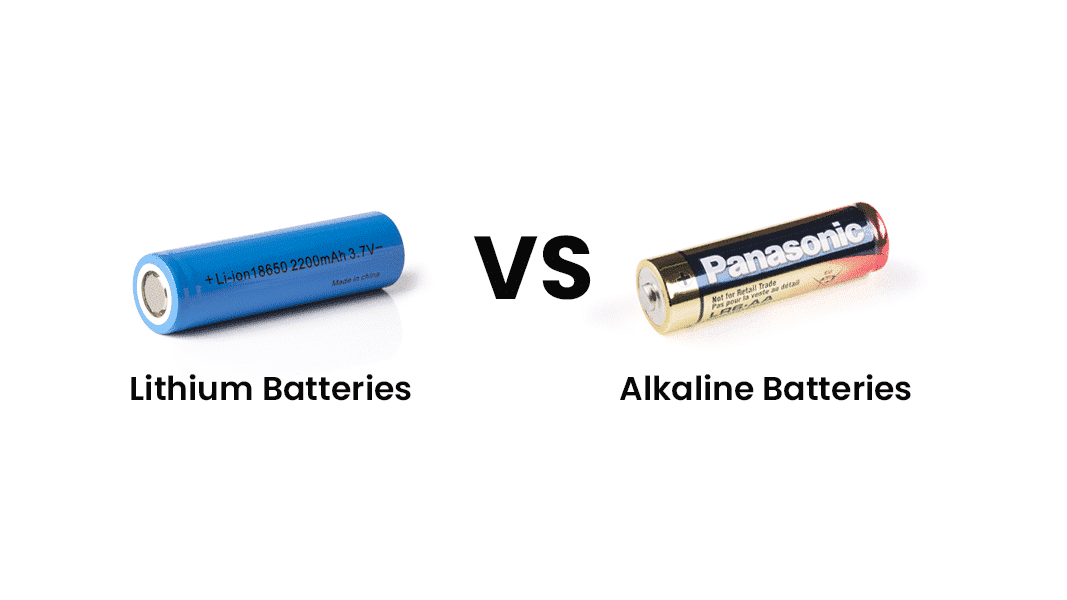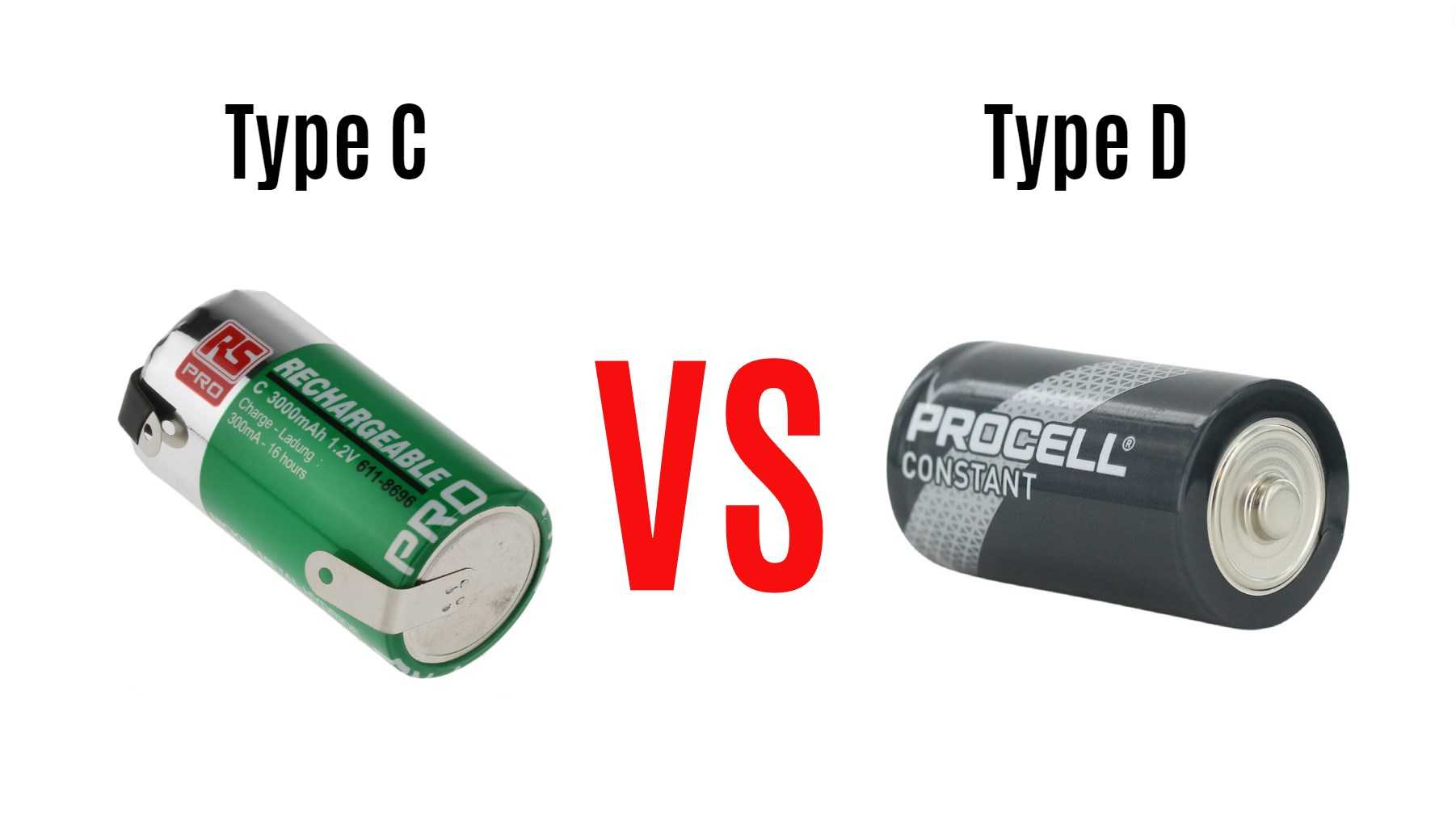How hot do lithium-ion fires burn?
Imagine a world where our devices never died. Where we could go days without having to charge our phones, laptops, or electric vehicles. A world powered by the incredible potential of lithium-ion batteries. These compact and powerful energy storage units have become the lifeblood of modern technology, revolutionizing the way we work, communicate, and live.
But with great power comes great responsibility…and sometimes great risks. The very same innovation that has brought us convenience and mobility also carries a hidden danger: the potential for lithium-ion fires. In this blog post, we’ll delve into the scorching topic of how hot these fires can burn and explore real-world examples that highlight their devastating impact.
So buckle up as we take a deep dive into the fascinating yet fiery world of lithium-ion batteries!
Common Causes of Lithium-Ion Fires
Lithium-ion batteries have become an integral part of our daily lives, powering everything from smartphones to electric vehicles. Despite their widespread use, they are not without risks. One common cause of lithium-ion fires is thermal runaway, which occurs when the battery overheats and ignites.
This can happen due to a variety of factors. For instance, if the battery is damaged or punctured, it can lead to a short circuit and subsequent overheating. Similarly, overcharging or using incompatible chargers can also generate excess heat and trigger a fire.
Another potential cause is manufacturing defects. If the battery cells are not properly assembled or contain impurities, they may be prone to thermal runaway under certain conditions.
Furthermore, exposure to extreme temperatures can also play a role in causing lithium-ion fires. Excessive heat can accelerate chemical reactions within the battery and increase the likelihood of ignition.
It’s important to note that these causes are not exclusive to lithium-ion batteries alone but apply generally across many types of rechargeable batteries.
To mitigate these risks, manufacturers implement safety features such as built-in protection circuits that monitor temperature and prevent overcharging. Additionally, proper handling and storage practices should always be followed when dealing with lithium-ion batteries.
As technology continues to advance, efforts are being made towards developing safer alternatives with improved energy densities and enhanced thermal stability. Researchers around the world are exploring new materials and designs for next-generation batteries that could significantly reduce the risk of fires while maintaining high performance levels.
In conclusion (as per your instructions), understanding the common causes of lithium-ion fires allows us to take necessary precautions in order to minimize risks associated with their usage. By staying informed about best practices for handling these batteries responsibly and supporting ongoing research into safer technologies, we can continue benefiting from this powerful energy source while ensuring our safety remains a top priority
The Temperature of Lithium-Ion Fires
Lithium-ion fires can reach scorching temperatures that pose a serious threat to both people and property. When these batteries ignite, they unleash an intense heat that can quickly escalate the situation. The temperature of lithium-ion fires is determined by various factors, including the size and energy density of the battery, as well as external conditions.
In general, lithium-ion fires can burn at temperatures ranging from 600 to 1000 degrees Celsius (1112 to 1832 degrees Fahrenheit). At such high temperatures, nearby objects are at risk of catching fire or melting. This extreme heat also poses dangers for firefighters who must contain and extinguish these fires.
It’s important to note that once a lithium-ion fire starts, it can be challenging to control due to its ability to self-sustain combustion even without an external ignition source. The high temperatures generated by these fires make them difficult to extinguish using traditional firefighting methods.
The severity of a lithium-ion fire depends on several factors, including the type and state of the battery involved. For instance, if a damaged or compromised battery becomes overheated or experiences thermal runaway (a chain reaction leading to rapid heating), the resulting fire could intensify rapidly.
To mitigate the risks associated with lithium-ion fires, it is crucial to handle and store batteries properly according to manufacturer guidelines. Additionally, implementing safety measures like thermal management systems in devices using lithium-ion batteries can help prevent excessive heat buildup and reduce the likelihood of fire incidents.
As technology continues advancing in battery design and manufacturing processes improve over time, researchers are actively exploring ways to enhance safety features within lithium-ion batteries themselves. This includes developing new materials for more stable cathodes and incorporating advanced monitoring systems that detect potential failures before they lead to catastrophic events.
Understanding the temperature range at which lithium-ion fires burn is essential for promoting safer usage practices across industries reliant on this technology. By prioritizing knowledge-sharing about proper handling procedures along with ongoing research and development efforts, we can work towards minimizing the risks associated with these
Real-World Examples of Lithium-Ion Fires
Real-World Examples of Lithium-Ion Fires
Lithium-ion batteries have become an essential part of our lives, powering everything from smartphones to electric vehicles. While these batteries offer numerous benefits, they also come with certain risks. One significant risk is the potential for fires.
There have been several real-world incidents where lithium-ion batteries caught fire, causing damage and sometimes even leading to injuries. One such incident occurred in 2016 when a hoverboard exploded and burst into flames while charging in a family’s living room. The fire quickly spread, resulting in significant property damage. Thankfully, no one was injured in this particular case.
Another notable example is the Samsung Galaxy Note7 debacle that unfolded in 2016. Reports started emerging about these devices catching fire or exploding due to faulty battery design. This issue prompted a massive recall and tarnished the reputation of one of the biggest smartphone manufacturers worldwide.
In 2018, an electric scooter caught fire inside a rental car parked on a street in California. The intense heat generated by the lithium-ion battery caused severe damage not only to the vehicle but also neighboring cars.
These incidents highlight how serious lithium-ion fires can be and underscore the importance of taking proper precautions when dealing with these batteries.
To address this safety concern, various measures are being implemented across industries that rely on lithium-ion technology. Manufacturers are continually improving battery designs to minimize risks associated with overheating or electrical shorts that could trigger fires.
Furthermore, there has been increased emphasis on user education regarding safe handling and storage practices for devices powered by lithium-ion batteries. It is crucial for users to follow manufacturer guidelines explicitly when it comes to charging methods and avoiding extreme temperatures.
As we move forward into an increasingly electrified future, researchers are actively working on developing new types of batteries that offer improved safety features without compromising performance or efficiency.
Safety Measures to Prevent Lithium-Ion Fires
Safety Measures to Prevent Lithium-Ion Fires
When it comes to lithium-ion batteries, prevention is key. Taking proactive steps to ensure the safety of these powerful energy storage devices can help prevent potentially dangerous fires. Here are some important safety measures that should be followed:
1. Proper Handling and Storage: Always handle lithium-ion batteries with care, avoiding any unnecessary impact or damage. Store them in a cool, dry place away from flammable materials.
2. Avoid Overcharging: Overcharging can lead to excessive heat buildup and potential thermal runaway. Follow manufacturer guidelines for charging times and avoid leaving batteries plugged in overnight or unattended.
3. Use Compatible Chargers: Ensure that you use chargers specifically designed for your device’s battery type and voltage requirements. Using incompatible chargers can cause overheating and pose a fire risk.
4. Monitor Charging Process: Keep an eye on the battery while it is charging, checking for any signs of abnormal heating or swelling. If you notice anything unusual, stop charging immediately.
5. Be Mindful of Temperature Extremes: Extreme temperatures can negatively affect the performance and safety of lithium-ion batteries. Avoid exposing them to excessive heat or cold conditions.
6.
Carry Batteries Safely: When transporting devices containing lithium-ion batteries, use protective cases or sleeves to prevent accidental short circuits caused by contact with metal objects such as keys or coins.
7.
Dispose of Old Batteries Properly: Do not throw lithium-ion batteries in the regular trash as they contain hazardous materials that could harm the environment if not disposed of correctly.
Recycle old batteries at designated collection points instead.
By following these safety measures diligently, we can minimize the risk of lithium-ion fires occurring and enjoy our electronic devices without worry! Remember – prevention is always better than dealing with the aftermath of a fire incident.
The Future of Lithium-Ion Battery Technology
The Future of Lithium-Ion Battery Technology
As technology advances at a rapid pace, the future of lithium-ion battery technology holds great promise. Researchers and scientists are constantly pushing the boundaries to make batteries more efficient, safer, and longer-lasting.
One area of focus in battery research is improving energy density. This means packing more power into smaller-sized batteries. With higher energy density, we can expect our smartphones to last longer on a single charge and electric vehicles to have extended driving ranges.
Another exciting development is the use of solid-state electrolytes instead of liquid electrolytes in lithium-ion batteries. Solid-state batteries offer several advantages such as increased safety and stability, faster charging times, and longer lifespan.
Furthermore, efforts are underway to develop lithium-air batteries that could potentially store much more energy than current lithium-ion batteries. These futuristic batteries would revolutionize industries like electric aviation by providing lightweight yet powerful energy storage solutions.
In addition to these advancements in performance, sustainability is also a key focus for the future of lithium-ion battery technology. Researchers are exploring ways to source raw materials sustainably while reducing environmental impact during manufacturing processes.
The future looks bright for lithium-ion battery technology as it continues to evolve and improve. We can anticipate more powerful devices with longer battery life along with greener and cleaner energy storage solutions for a sustainable tomorrow.
Conclusion
Conclusion
Lithium-ion batteries have revolutionized the way we power our devices, providing us with portable energy solutions that are lightweight and efficient. However, it’s important to understand the potential risks associated with these batteries, particularly when it comes to fires.
As we’ve discussed, lithium-ion fires can reach extremely high temperatures, posing a significant threat to both people and property. The exact temperature at which these fires burn can vary depending on various factors such as battery size and state of charge. However, they can easily exceed 1,000 degrees Celsius (1,832 degrees Fahrenheit) in some cases.
Real-world examples have demonstrated just how destructive lithium-ion fires can be. From exploding smartphones to burning electric vehicles, these incidents highlight the importance of taking safety measures seriously.
To prevent lithium-ion fires from occurring in the first place, it is crucial to handle and store batteries properly. This includes avoiding physical damage or punctures to the battery pack and using compatible chargers that meet industry standards.
In addition, advancements in technology are continuously being made to enhance the safety of lithium-ion batteries. Researchers are exploring new materials and designs that mitigate fire risks while maintaining performance levels.
While there is still work to be done in this area, it’s clear that lithium-ion battery technology has come a long way since its inception. As we move towards a greener future powered by renewable energy sources like solar and wind power, the demand for safe and reliable energy storage will only continue to grow.
In conclusion,
it is essential for individuals and manufacturers alike to prioritize safety when dealing with lithium-ion batteries. By understanding their potential hazards and implementing proper precautions,
we can harness their benefits while minimizing any associated risks.
By following best practices,
we can ensure that these powerful energy solutions remain an integral part of our lives without compromising our safety or environment.
So let’s embrace this exciting technology responsibly,
and pave the way for even more innovative advancements
in the field of energy storage.





